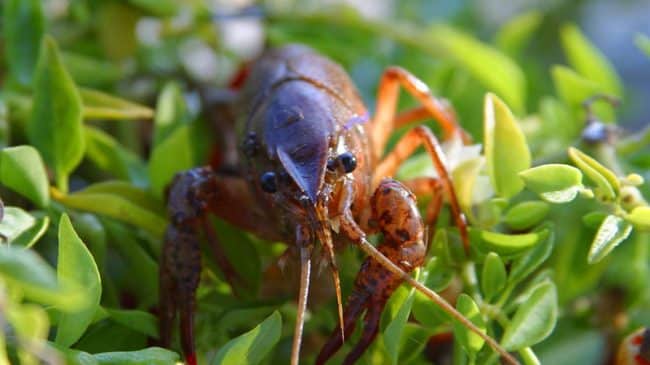Alabama got some good news when the U.S. Fish and Wildlife Service recently announced five crawfish species found in Alabama would not need to be listed as endangered species. The agency did recommend putting the slenderclaw crawfish, found in north Alabama, on the endangered list.
The crawfish episode is part of a federal government process that could put more than 300 species on the endangered list by 2018, including over 130 species in Alabama – more than in any other state. Since nearly all these species are aquatic, entire watersheds across the state, not just limited land parcels, may be affected by costly and burdensome regulations that could damage the economy and actually hurt conservation efforts.
The Endangered Species Act is a powerful law allowing the federal government to regulate otherwise normal and lawful forms of land and resource use, including farming, home building, mining, logging and dredging. Its draconian penalties – up to a $100,000 fine and/or one year in jail for harming a species or its habitat – often hurt conservation efforts by turning wildlife into economic liabilities that cause landowners to destroy habitats and remove species from their properties.
On federal lands, the numbers of endangered species show good improvement. However, on private lands there are nine declining species for every one improving species. This is a huge problem because 80 percent of endangered species have some, or all, of their habitat on private lands. In Alabama, which is roughly 96 percent privately owned, you simply cannot protect species without the help of landowners.
The state has already taken economic hits from onerous Endangered Species Act regulations, including locked-up forestland due to the red-cockaded woodpecker, stymied development along the Gulf Coast thanks to the Alabama beach mouse, and the 15-year controversy over listing the Alabama sturgeon.
As the latest push to list endangered species unfolds, Alabama finds itself in a situation similar to the one faced by the Pacific Northwest 20 years ago when the spotted owl and other species were listed as endangered. The battle economically devastated the timber industry and hurt the endangered species because landowners destroyed the habitats to avoid losing their land’s value.
There are important steps Alabama can take now to soften the blow of these regulations while also protecting species. The state should continue to fund scientific research to ensure only species that are actually endangered make it on the list. This is how the Alabama Department of Conservation and Natural Resources and the Geological Survey of Alabama recently helped prevent the five species of crayfish from being listed as endangered.
Alabama should also create conservation agreements giving landowners financial incentives to preserve habitats. Providing farmers and ranchers with a revenue stream that allows them to use their land while simultaneously protecting wildlife has proven effective in other regions of the country.
Ultimately, Alabama and other states will need to push for federal Endangered Species Act reforms based on working with and incentivizing, not penalizing, landowners. The proposal with the best chance of gaining bipartisan support would turn the law’s ineffective adversarial approach into a cooperative initiative modeled on the U.S. Department of Agriculture’s Conservation Reserve Program, which pays farmers who voluntarily take marginal land out of crop production to prevent soil erosion and protect water quality.
When U.S. Fish and Wildlife announced its recent decision on the crawfish species, Director of the Alabama Division of Wildlife and Fisheries Charles Sykes said, “This proactive conservation effort is keeping Alabama’s wildlife under state management. By pooling our resources, we’re learning more about our species, bringing efficiency to conservation, and making a difference on the landscape for the people of Alabama.”
We hope the federal government sees that and is learning it can better protect wildlife and endangered species by working with, rather than against, Alabama and its property owners.
Andrew P. Morriss is D. Paul Jones Jr. and Charlene A. Jones Chairholder in Law at the University of Alabama. Brian Seasholes is director of the Endangered Species Project at Reason Foundation. This article originally appeared in the Montgomery Advertiser.
